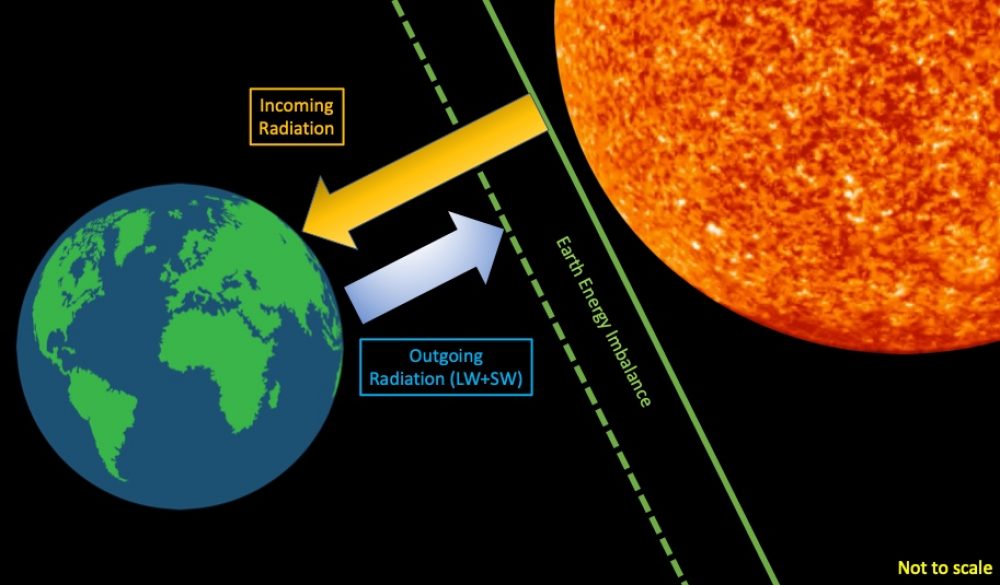A positive Earth Energy Imbalance (EEI) is the energy, which is continuously stored by the Earth and will ultimately be released to the atmosphere, causing global warming. The “imperative to monitor Earth’s energy imbalance” (von Schuckmann et al., 2016) has been continuously reported by the Earth’s climate community. The EEI has been identified to be around 0.5 to 1.0 Wm-2. In order to determine its exact value both the Total Solar Irradiance (TSI) and the Top of the Atmosphere (ToA) Outgoing Radiation (TOR) need to be measured with unprecedented accuracy and precision. However, so far, the EEI could not be determined as the measurements were not sufficiently accurate. This calls for improved instrument technologies as well as a traceable calibration chain of the space instrumentation. To pave the way in that direction, our proposal is dedicated to exploit latest observations of the Earth outgoing radiation. Specifically, we will compare the recently started TOR measurements by PMOD/WRC’s SI-traceable NORSAT1/CLARA (Walter et al., 2017, 2020) absolute radiometer with the ongoing measurements from RAVAN (Swartz et al., 2019), as well as the upcoming measurements from the Belgian Sun-earth IMBAlance (SIMBA) satellite to be launched in March this year. The data will then be further compared with already ongoing measurements obtained with NASA’s Clouds and the Earth’s Radiant Energy System (CERES, Loeb et al. 2012, 2020). The key advantage of the CLARA instrument is that it measures both the TSI and TOR as SI-traceable variables. Our International Team will evaluate the performance and uncertainty of each of the instruments to identify observational challenges that need to be overcome in order to be able to measure both TSI and the Earth’s outgoing radiation with the required accuracy to ultimately be able to determine EEI.
Abstract
Next ISSI Team Meeting is in preparation!
The next Team meeting will take place May 1-5, 2023 as a hybrid meeting. Further details will be provided in due course.
